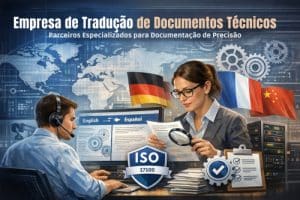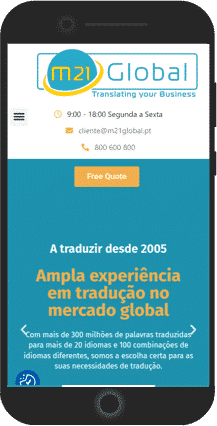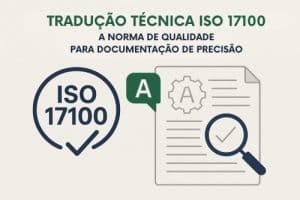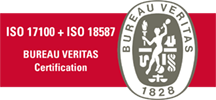
Empresa de Tradução de Documentos Técnicos: Parceiros Especializados para Documentação de Precisão
Empresa de Tradução de Documentos Técnicos: Parceiros Especializados para Documentação de Precisão Selecionar a empresa de tradução de documentos técnicos certa determina se a sua documentação mantém precisão, consistência e conformidade entre línguas. Organizações com conteúdo técnico complexo requerem parceiros de tradução que combinem experiência linguística com conhecimento de domínio, sistemas de gestão de qualidade e infraestrutura tecnológica para tratar formatos especializados e terminologia de forma consistente.




